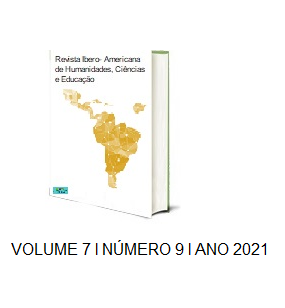OS ANTIDEPRESSIVOS TRICÍCLICOS NO TRATAMENTO DE ADOLESCENTES COM TENDÊNCIA AO SUICÍDIO
DOI:
https://doi.org/10.51891/rease.v7i9.2296Keywords:
Depressão. Suicídio. Adolescência. Antidepressivos tricíclicos.Abstract
This article discusses the issue of depression in adolescence in relation to suicide, analyzes the level of suffering present in people with a suicidal tendency and investigates depression as a risk factor for suicide. The lack of social support that makes adequate treatment difficult; the discussion and analysis of this phenomenon considered complex, as well as prevention measures and the adoption of strategies to approach populations at risk for suicidal behavior. Therefore, we sought to verify the efficacy, indications, and contraindications of the use of psychotropic drugs in children and adolescents, requiring caution. The first antidepressants - tricyclic antidepressants (ADTs) and monoamine oxidase inhibitors (MAOIs) were discovered through clinical observation. They constitute a class of drugs of high toxicological importance, because the abusive use of these substances entails some symptoms or even risk to life. The new generation of antidepressants consists of drugs that act on a single neurotransmitter (SSRI) or on multiple neurotransmitters. This article reviews the pharmacology of antidepressants, mechanism of action, pharmacokinetics, side effects, and pharmacological interactions.
Downloads
Downloads
Published
How to Cite
Issue
Section
Categories
License
Atribuição CC BY

